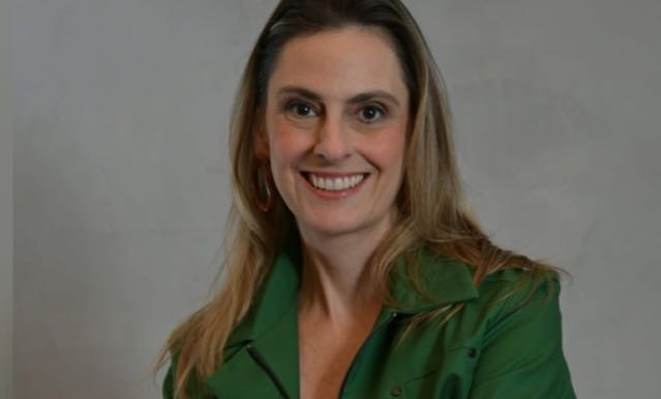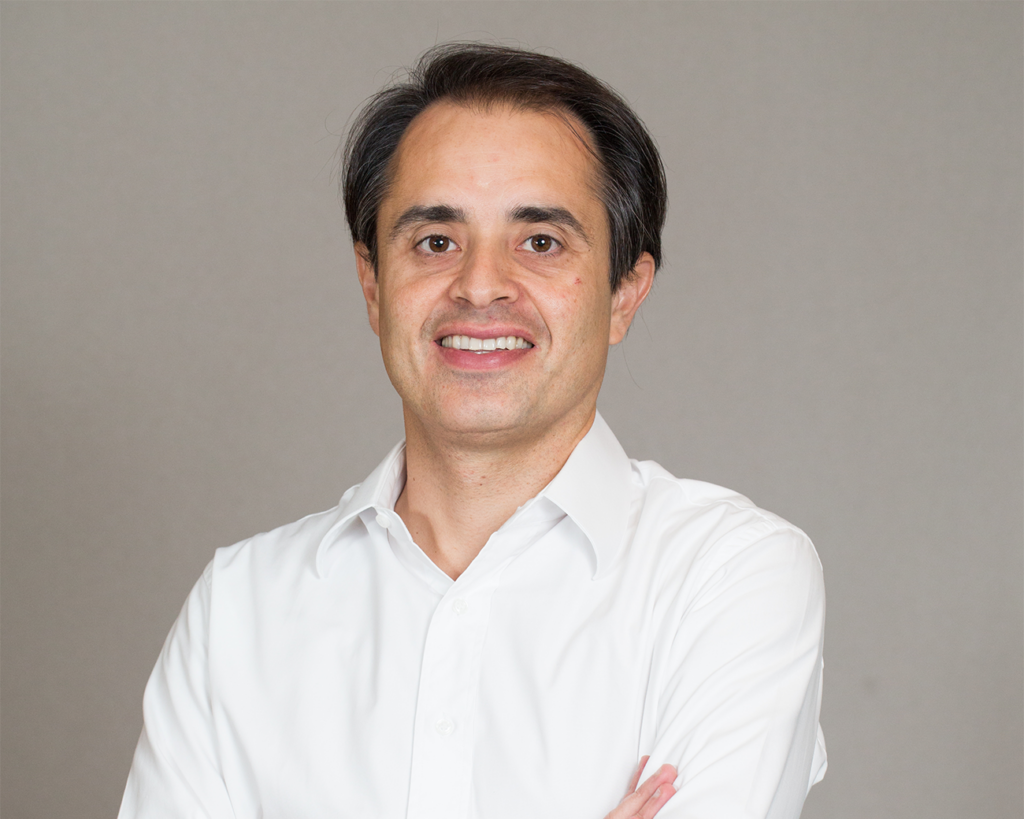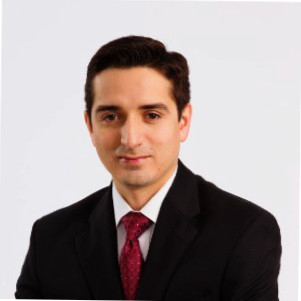LP Profiles, Member Profiles
Peter Freire, Institutional Limited Partners Association (ILPA)
28 July 2015

LAVCA interviewed ILPA’s new CEO, Peter Freire, to learn more about his background, goals for the organization, and the key issues that are priorities for LPs today. ILPA will be actively participating in the LAVCA Summit & Investor Roundtable this year with a breakfast and ILPA keynote.
LAVCA: Please give some background on ILPA. Where are you based? What is the organization’s mission and how is it executed.
Freire: The ILPA is the leading global, member-driven organization dedicated to advancing the interests of private equity Limited Partners through industry-leading education programs, independent research, best practices, networking opportunities and global collaborations. Over the decades we have grown from an informally constituted group of investment professionals to a formal network of more than 320 organizations with offices across 30-plus countries and representing more than US$1 trillion under management.
In addition to roughly 20 full-time staff, the organization is grateful for the extensive support provided by its 16-person Board of Directors, and by a number of other non-governing committees that help drive all of the facets of the ILPA platform – Education, GP Summit, Membership, Research and Industry Affairs.
The ILPA is based in Toronto with additional offices and staff in Washington, D.C., and Boston.
LAVCA: Having recently joined ILPA as CEO, what is your background? What are your short-term and long-term goals for the organization and its members?
Freire: Prior to joining the ILPA, I had an 18-year career at the Corporate Executive Board, where I was responsible for CEB’s global portfolio of HR business, the Corporate Leadership Council. I was also responsible for CEB’s businesses in a number of regions outside of North America. More recently, I served as a Managing Director, at the World Economic Forum. I have also acted as an advisor and consultant to several startups and private companies operating subscription-based business models. I earned my undergraduate degree in economics from the London School of Economics and my MBA from Harvard Business School.
My priorities:
- Grow the Global ILPA Community
- Expand the Opportunities to Interact with Peers: I was fortunate to be able to attend ILPA’s annual Members-Only Conference in Pasadena in June. It was an impressive event. I heard from members, repeatedly, just how much they welcomed the opportunity to interact with other limited partners in an environment focused on learning and free from any commercial considerations. Our members seek out these peer-to-peer forums not only to discover fruitful new professional connections, but also to exchange the kinds of ideas that can take root as innovations in best practice.
- Invest in Strong Content: All ILPA events and offerings should have strong content at their center, and even events with a networking focus benefit from a meaningful theme and relevant speakers and invitees. The ILPA will focus heavily on growing and strengthening its research, benchmarking and, training initiatives.
- Be the Global Voice of the Institutional Limited Partner Community: As the voice of LPs globally, the ILPA has a role to play in continually improving the working of the PE industry. With this in mind the ILPA is taking measured steps to aggregate and articulate the views of the LP community where it matters: from fee transparency and document standardization to enhanced disclosure requirements and global regulatory considerations.
LAVCA: What is ILPA currently focused on? What key issues are priorities for LPs today? How does ILPA’s efforts reflect those priorities?
Freire:The quality of reporting and disclosure has been ILPA’s focus for some time. The ILPA Principles express a wider industry view on what is best practice with regard to transparency in communication between managers and their investors. While the consensus is that alignment and transparency have improved since the Principles were first issued in 2009, the intensifying dialogue around these issues of late illustrates that there is still work to be done.
To that end, we have formed a working group to ensure that ILPA’s templates and guidance address the most pressing needs of our members and wider industry. The group is looking at a range of issues related to reporting and transparency, including overcoming hurdles to adoption of a more uniform standard, the role of third parties, and the link between investor-manager transparency and language within LPAs. We will begin to share results of this effort later this year. We look forward to collaborating with organizations such as LAVCA on producing guidance that is relevant and practicable.
LAVCA: What topics were the focus of the annual ILPA conference in Pasadena, California?
This year’s conference focused on practical challenges facing LPs in the current environment, including end of fund life issues, secondaries and restructurings. The topic of co-investments is on many investors’ minds, so attendees were also interested in strategies for conducting diligence on co-investment deals and modelling cost and performance impacts. Not surprisingly, compliance issues also featured prominently during this year’s conference.
LAVCA: What is the breakdown of membership? Have there been any significant membership trends over the years? What types of members are currently joining?
Pension funds—public and private—have comprised the core of our membership since our founding and together account for more than 50% of member institutions today. The balance are a mix of insurance companies, endowments, foundations, sovereign funds, and family offices. It’s our aim that as we grow we will build upon the institutional diversity within the ILPA community. Over the past year or so, we’ve seen stepped up interest in ILPA from endowments and family offices, as well as pension funds from outside of North America.
LAVCA: Can you elaborate on the interest and activity of family offices within ILPA?
Freire: Family offices have become increasingly active within ILPA in recent years, accounting for roughly 10% of member organizations today, from only a handful during ILPA’s early years. Family offices are quite heterogeneous and may pursue more targeted strategies than do their large institutional peers, but they want to be plugged into the broader industry dialogue about private equity, particularly around best practices. Family offices add a compelling dimension and dynamism to ILPA discussions.
LAVCA: What markets do ILPA members represent? What are the key markets for the organization and why?
Freire: The ILPA is growing quickly with over 300 member organizations spanning all categories of institutions, large and small alike.
One of the key issues that we are intensely focused on is growing our membership beyond North America. We are making great strides, but there is more work to be done. Our non-North American membership has grown from but a handful of organizations a decade ago to over 27% of the membership today. We want to continue to grow that number. Our goal is to reach the point that in any part of the world—including Latin America—our membership accounts for a meaningful proportion of leading LPs and total PE assets managed within that geography. To truly be the “voice of LPs globally”, our membership must reflect a broad and diverse constituency.
LAVCA: How engaged is ILPA with LatAm LPs? What is the interest level of non-LatAm LPs to get exposure to this region?
Freire: Through the years, and particularly over the course of three ILPA investor delegations to the region in 2012, 2013, and 2015, ILPA has developed a set of strong and growing relationships with institutional LPs in Mexico, Brazil, and Colombia. Many of these local organizations have really anchored the industry in their countries, providing foundational capital for emerging managers or first generation funds. Through our relationships with these LPs and with LAVCA, we hope to expand upon our network of institutional investors in the region. Latin American LPs are eager to connect with their peers in other markets.
Organizing these delegations has provided us a window into how interest in Latin America from LPs outside the region has evolved. Initially, ILPA members were seeking to develop introductory exposure to managers and to key investment drivers in the region. More recently, many who have invested in the region are pivoting towards meeting with less well-known managers or going a level deeper, exploring markets where they have no exposure or perhaps a niche regional play. For many institutional LPs, however, identifying promising managers that meet their minimize size requirements continues to be a challenge in growing their Latin American exposure.
LAVCA: How do you envision membership will grow and evolve?
Freire: We would like to see continued growth in the number of members (and percentage of our membership), accounted for by family offices, foundations and sovereign wealth funds. International growth is also a very high priority for ILPA, and for me personally. I was born in Italy, grew up in Argentina, Portugal, Switzerland and the United Kingdom (in addition to the US). My father held both Portuguese and Brazilian nationalities and my mother was British. Being both institutionally and globally diverse in our perspective and our membership is essential to our ability to truly represent and serve the LP community.
LAVCA: ILPA has grown tremendously over the last 20 years. Where do you see the organization in the next 10-20 years?
Freire: As a starting point I would underscore that ILPA will be a much more genuinely global organization, representing the vast majority of AUM and LP organizations across the globe. In support of this we will likely have additional offices, in a wider number of countries, including one in at least each continent
It’s reasonable to expect that technology will re-shape how the ILPA—and indeed the wider world—thinks about interactivity and engagement. Our digital or “virtual” presence in members’ daily lives will be dramatically more significant than today, but there will always be a role for “live” contact. So expect more “narrowly themed” or focused events targeted towards a particular segment of the membership, for example functional groups or members with shared strategic or sectoral interests.
Finally, what would make me (or perhaps my successor given the time frame) really excited would be for all the parties active in the PE space to see the ILPA not just as a desired partner in industry discussions, but as an indispensable contributor leading advancements in our industry to the benefit of all investors. We are well along on this journey, and look forward to the road ahead.
You may be interested in...
-

Luciana Antonini Ribeiro, eB Capital
Executive: Luciana Antonini Ribeiro, Co-Founder and CIO Member Name: eB Capital Year...
-

Cristiano Gioia Lauretti, Kinea Private Equity
Member: Kinea Executive: Cristiano Gioia Lauretti, Head of Private Equity HQ: São...
-

Maria Pia Iannariello, MGM Innova Capital
LAVCA recently spoke with Maria Pia Iannariello, Co-Founder & COO of MGM Innova Capital,...
-

Rafael Ramirez, Portfolio Manager, Alaska Permanent Fund Corporation
LAVCA recently spoke with Rafael Ramirez, Portfolio Manager– Private Equity &...
